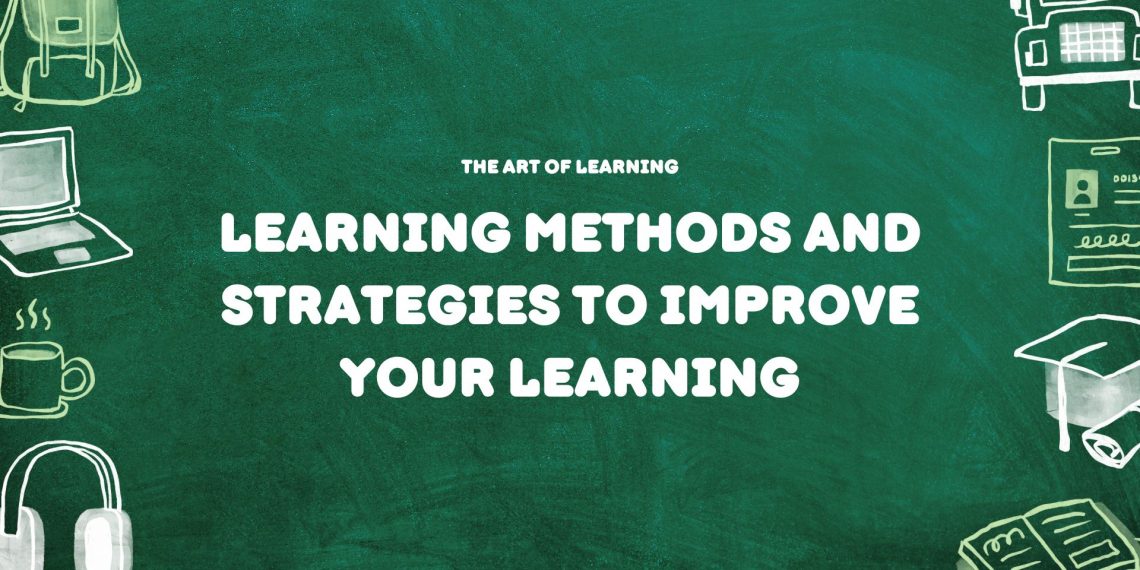Our modern society is hence increasingly calling for non-boring but more “teacher’ and student-interactive styles of learning to be relied upon. The contemporary student won’t do anything with unicity any more, he would like to be actively involved and participate in what is being given. In this blog, we will be identifying the main strategies that can help students move from a passive mode of learning to an active one, thus, linking to the characteristics of the existing generation of learners.
Interactive Lectures:
The era of siloed teaching that once lasted for a whole hour now disappeared. Nowadays, students take interactive classes, creating opportunities for participation and cooperation. Adding the components of group work, peer teaching, and diversified presentations will not only help to spice up any dull class but will also keep the interest on top. Interactive lectures not only boost comprehension and understanding but also stimulate critical thinking and communication skills so students can think better.
Flipped Classroom Model:
Realizing this kind of classroom flipping approach means switching the usual order of things by first delivering the instructional materials to learners outside the classroom through videos, readings, or online modules and using the classroom time instead for active learning activities. Through this teaching strategy, pupils can interact with the material comfortably, and also come to the class to put to use what they have learned irrespective of their ability through discussions, problem-based learning, and hands-on practice. In contrast to regular classrooms, where students are expected to listen passively, the model of flipped class turns this focus to active learning and memory.
Problem-Based Learning (PBL):
Problem-based learning (PBL) is a learning style that involves students in the process of problem-solving and emphasizes teamwork. Students are presented with real-world problems and cases that they have to find solutions for within groups. PBL always encourages the students to research required information, extract data, and work with peers in a group formation to find the right solution. It goes further and ensures that the learners not only have critical thinking and problem-solving skills but also learn the depth of the topic by applying the theoretical aspect to the practical.
Active Learning Techniques:
Student active learning practices which imply sharing ideas, solving case studies, and engaging in play-acting and simulations, stimulate students to be active and have a great impact on how they learn. These approaches are the process of constructive knowledge learning. Thus it leads to deep understanding, meaningful achievement of learning goals, and inspiring students to learn proactively. Incorporating interactive activities while lecturing gives not just professors but also students new ideas and versatility; a kind of learning environment where students from different literacy and cognition backgrounds are comfortable.
Technology Integration:
Technology takes up a significant position in contemporary education as it contributes to the toolbox with smart tools and resources for active learning. Interactive whiteboards, educational apps, online simulations, and virtual reality platforms can boost classroom activities and offer the students a chance to learn by doing, but not with a material object/item. Educators need to develop and use technology effectively as it could be the very instrument to bring the learning world to life and lure the youth.
Project-Based Learning (PBL):
Project – Learning (PBL) is an approach that is meant to make students better at solving real-world challenges by engaging in the whole term and interdisciplinary projects. With PBL students can test how they can employ the understanding they have gained and talent to practical tasks making them innovative, team players and critical thinkers. Instead of passively receiving information, students are motivated to shape their learning paths. As they reflect on projects that are personally meaningful and relevant, they become active participants in the learning journey and not only acquire knowledge of the subject but also develop transferable skills that aid in their social emancipation and preparation for their future roles in the 21st-century world.
Peer Teaching and Collaboration:
Students teaching others in peer tutoring simply means that they teach each other concepts that they have mastered, therefore they proceed to understand the concepts being taught better as well as help others to learn. Participation in collaborative learning activities, for instance, group projects, peer editing and team tasks, bolsters students’ teamwork and communication skills of the kind required to accomplish the goal of the group that is common for everybody. Students do not merely memorize the concepts while they participate actively with their peers but also hone their social and emotional skills that help them in future.
As a matter of conclusion, the advanced learning strategies targeted at today’s students are centred around active engagement, interaction and physical activities. Educators achieve their goals through the integration of technologies such as interactive lectures, flipped classroom models, problem-based learning, active learning techniques, technology integration, project-based learning, and peer teaching and collaboration. The result is a dynamic learning environment as the different learner needs require different strategies to satisfy their specific needs. These tactics demonstrate the reality that through our preparedness, students are equipped to take on the voluntary role as active learners preparing them to be successful in a world where changes may take place.




